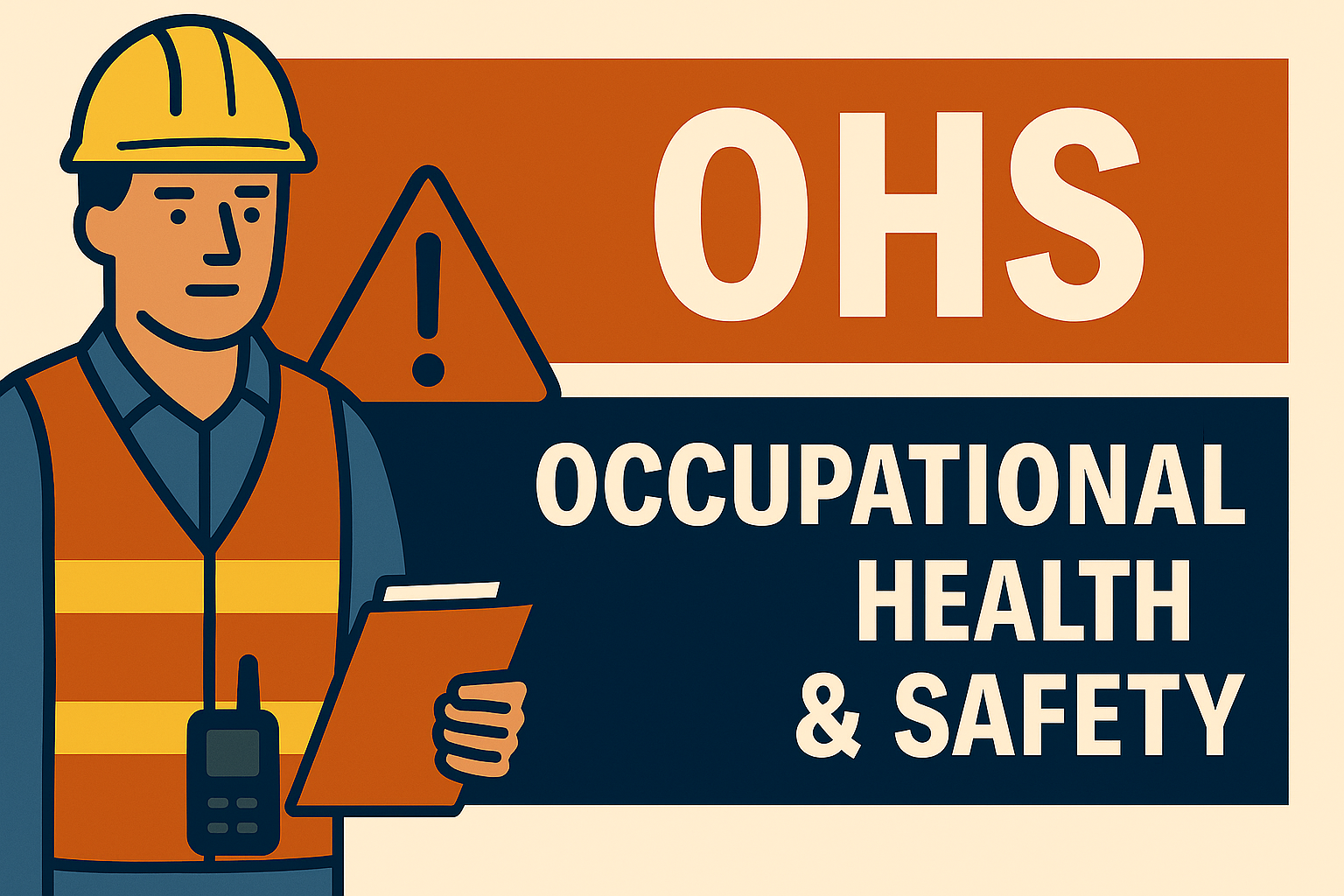Introduction to the Training. Why do this training?
This training responds to urgent and persistent Occupational Health and Safety (OHS) challenges in India’s construction sector. Although the country has progressively developed a more comprehensive legal framework, its practical implementation remains limited. Key systemic issues—such as weak enforcement capacity, fragmented regulation, low employer accountability, and a lack of reliable data—continue to undermine safety on worksites.
The situation is particularly critical for informal and migrant workers, who make up a large share of the workforce and face the highest exposure to high risk hazards. These include tasks such as working at height, excavation, confined spaces, lifting operations, and energy-related activities that, if mismanaged, can result in serious injury or death.
This training aims to address those gaps by promoting awareness, strengthening technical competencies, and encouraging a culture of shared responsibility and proactive risk prevention at all project levels.
